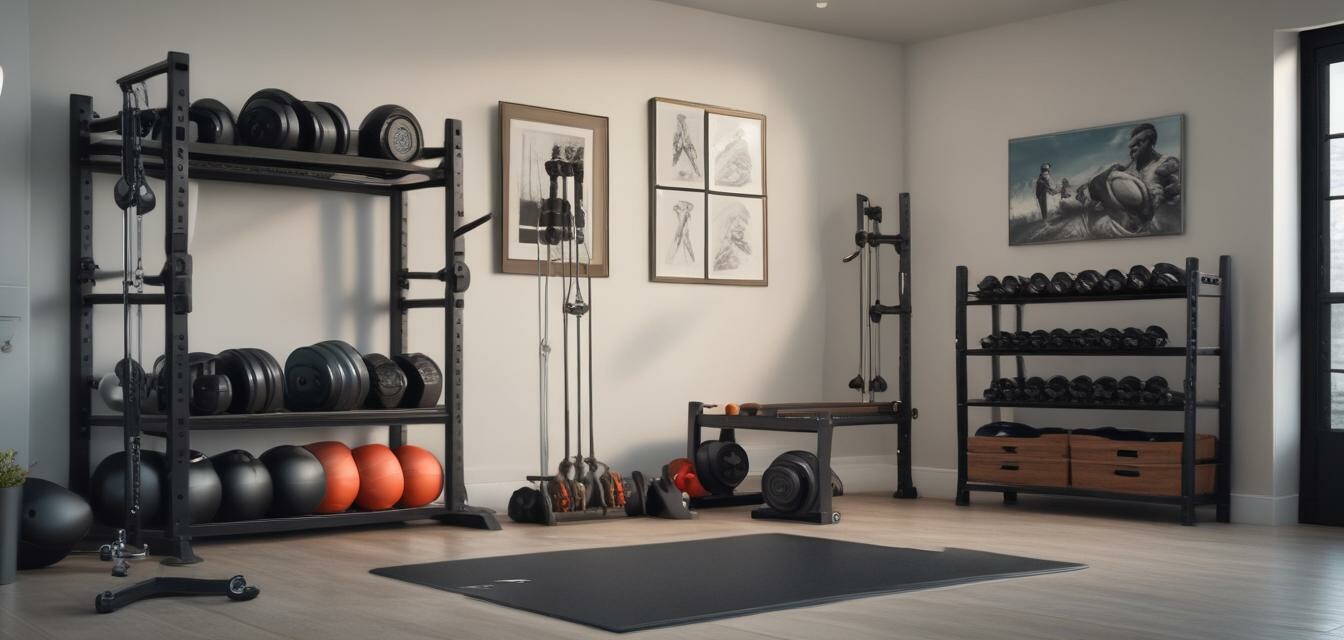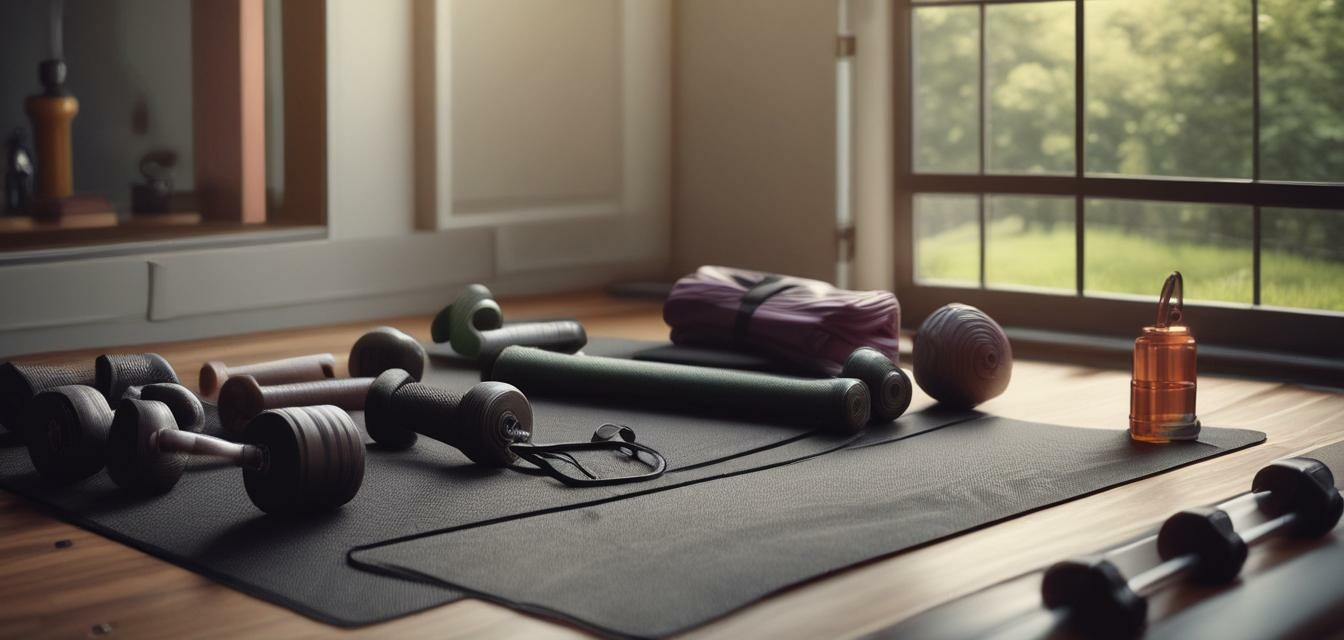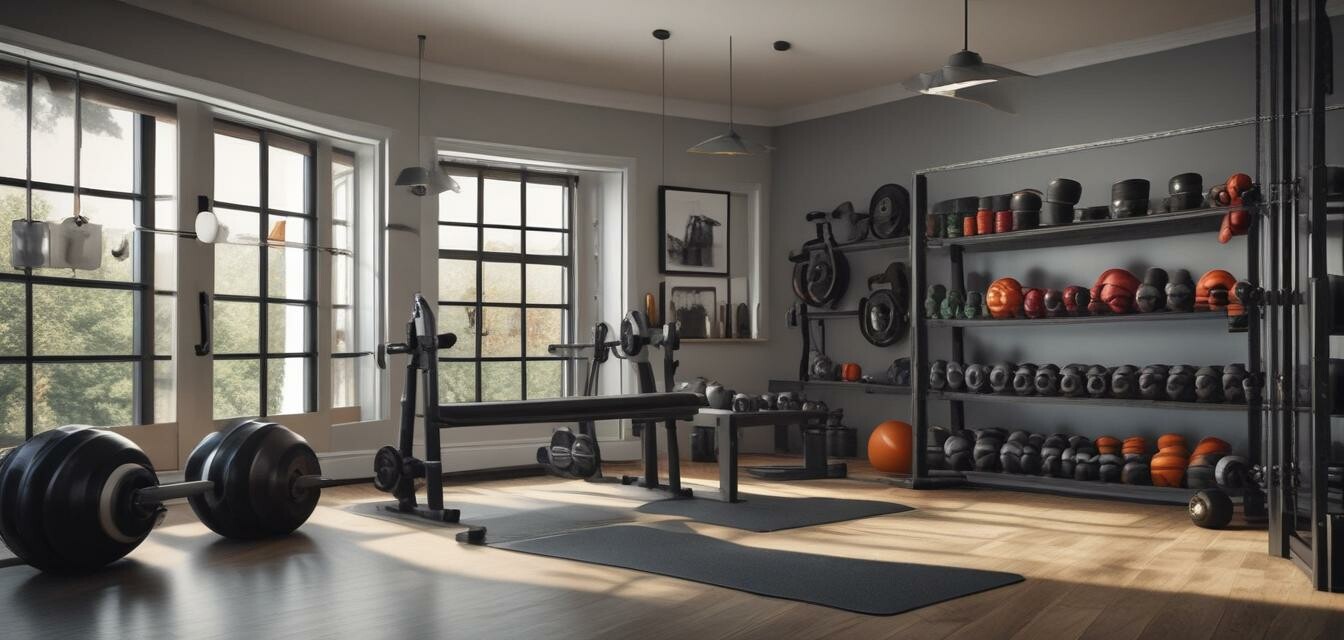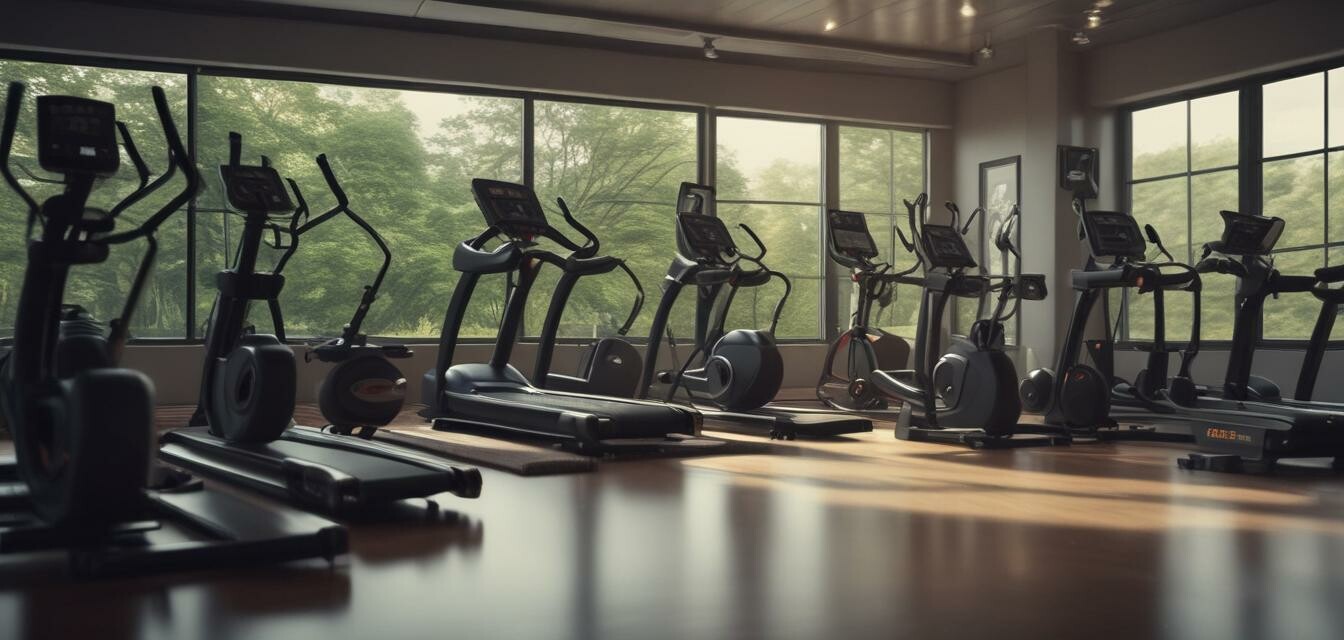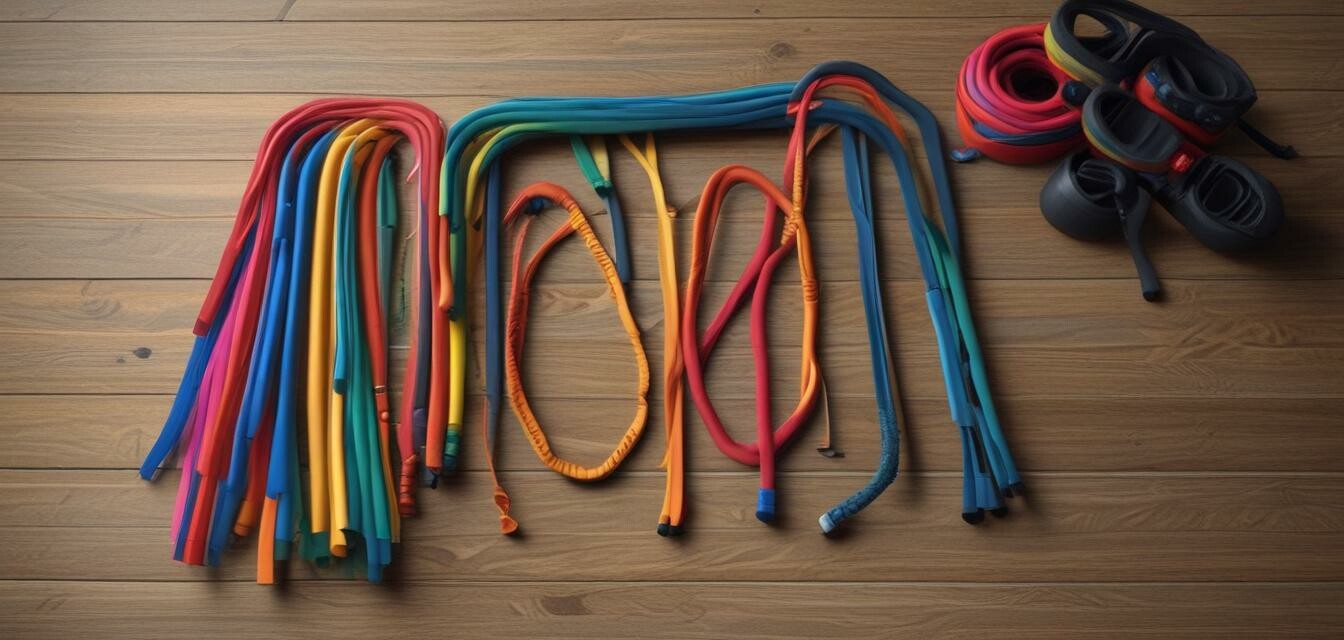
Resistance Bands and Tubes: A Guide to Using Resistance Bands and Tubes for Home Exercises
Key Takeaways
- Resistance bands and tubes are versatile tools for strength training.
- They come in various resistance levels suitable for all fitness levels.
- Perfect for home workouts, travel, and rehabilitation exercises.
- Incorporating bands into your routine can enhance flexibility and muscle strength.
Resistance bands and tubes have gained popularity as effective and adaptable tools for home fitness. Whether you're a beginner or a seasoned athlete, these tools can elevate your workout routine. In this guide, we will explore the types, benefits, and effective ways to incorporate resistance bands and tubes into your home exercise regimen.
What are resistance bands and tubes?
Resistance bands are elastic bands that provide resistance during workouts. They come in different colors, lengths, and thicknesses, indicating varying levels of resistance. Tubes, on the other hand, are similar but often feature handles at the ends, making them easier to grip.
Types of resistance bands and tubes
- Flat bands: Ideal for stretching and rehabilitation.
- Loop bands: Great for strength training and lower body workouts.
- Tube bands: Often come with handles, versatile for various exercises.
- Figure-8 bands: Perfect for upper body workouts.
Benefits of using resistance bands and tubes
Resistance bands and tubes offer numerous advantages for fitness enthusiasts:
| Benefit | Description |
|---|---|
| Versatility | Can be used for strength training, stretching, and rehabilitation. |
| Portability | Lightweight and easy to pack for travel. |
| Cost-effective | Generally more affordable than traditional gym equipment. |
| Adjustable resistance | Change resistance by using different bands or adjusting your grip. |
| Joint-friendly | Provides less strain on joints compared to weights. |
How to use resistance bands and tubes
Here are some effective exercises you can do with resistance bands and tubes:
Upper body exercises
- Bicep curls: Stand on the band, holding the ends and curl your arms.
- Tricep extensions: Hold one end overhead and pull the other end down.
- Chest press: Anchor the band behind you and push forward.
Lower body exercises
- Squats: Stand on the band and hold the ends at shoulder height.
- Lateral band walks: Place a loop band around your legs and step side to side.
- Leg press: Lie on your back, loop the band around your feet, and push away.
Core exercises
- Russian twists: Sit on the floor, holding the band and twist your torso.
- Plank rows: In a plank position, pull the band towards you.
- Bicycle crunches: Place the band around your feet while performing the exercise.
Tips for beginners
Getting started with resistance bands and tubes
- Start with lighter resistance and gradually increase as you gain strength.
- Ensure proper form to prevent injuries.
- Incorporate bands into your routine 2-3 times a week.
- Combine resistance training with cardio for a balanced workout.
Comparison of resistance bands and tubes
| Feature | Resistance Bands | Resistance Tubes |
|---|---|---|
| Portability | Highly portable, can be easily folded | Portable, but takes up more space |
| Versatility | Used for a variety of exercises | Great for strength training |
| Ease of Use | Simple to use for all fitness levels | Requires more grip strength |
| Cost | Generally more affordable | Typically slightly higher cost |
Where to find resistance bands and tubes
Looking to purchase resistance bands and tubes? Check out our product categories for:
- Cardio machines
- Outdoor sports equipment
- Recovery and accessories
- Small exercise equipment
- Strength training equipment
- Yoga and Pilates gear
Conclusion
Resistance bands and tubes are excellent tools for enhancing your home workouts. Their versatility, portability, and affordability make them a must-have for anyone looking to improve their fitness routine. By incorporating these simple yet effective tools into your exercise regimen, you can achieve a balanced and comprehensive workout that targets various muscle groups.
Pros
- Highly versatile for various exercises.
- Lightweight and portable for easy transport.
- Affordable compared to traditional gym equipment.
- Suitable for all fitness levels.
Cons
- May not provide enough resistance for advanced lifters.
- Risk of snapping if not cared for properly.
Additional resources
For more information on enhancing your home workout routine, explore our other resources:
